In this video I discuss what is glycogen, some of the functions of glycogen, and how many carbs to fill glycogen stores. I also discuss where glycogen storage takes place and how much glycogen is stored in the body. Transcript What is glycogen? To answer this, we are going to start with carbohydrates. When we eat carbs, our body breaks them down into what is called glucose. Glucose is the main source of energy, or fuel for cells. When the cells are full of fuel, the body takes this extra energy and converts it to glycogen. So, glycogen is a form of energy storage in the body. It is estimated that the body stores about 2000 calories worth of energy as glycogen. It gets stored in mainly 2 places, in muscles, and in the liver. Glycogen that is stored in the liver can be used by other organs and cells in the body. Glycogen that is stored in muscles is not shared, so it is used only by muscle cells. It is estimated that The liver will store about 400 calories of energy, and muscles will store about 1600 calories of energy. Now we are going take a basic look at how this works. Lets say that jack here is about to eat. His liver glycogen tank is ¾ full, and his muscle glycogen tank is 3/4 full. Jack eats his meal, and the carbs are broken down into glucose. Some of this glucose is sent by the liver, into the bloodstream to cells throughout his body. The liver takes the extra glucose and converts it to glycogen and stores it for later use, filling up his liver glycogen tank. In between meals when energy is needed, the liver breaks the glycogen down into glucose and releases it into the bloodstream, as you can see the glycogen tank starts to empty until jack eats again. One note here, fat can also be converted to energy to be used, and I will cover that in another video. The process will be similar in the muscles. Jacks muscle glycogen tank was ¾ full before his meal. After his meal, the tank is full. In between meals, jack is moving around, causing his muscle glycogen tank to become depleted.
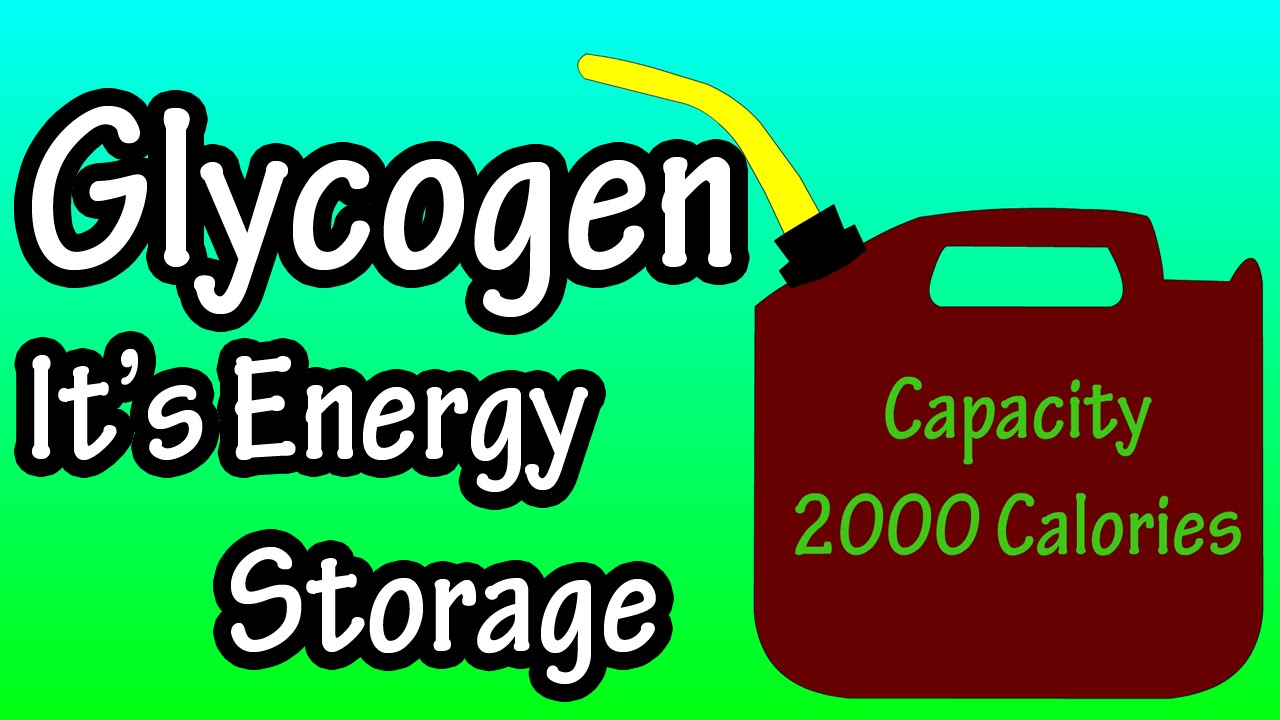
Glycogen – What Is Glycogen?
- Post author:
- Post published:May 27, 2021
- Post category:Uncategorized
- Post comments:0 Comments
You Might Also Like

WHAT IS LIPIDS?

Best Protein Powder for WEIGHT LOSS & MUSCLE BUILDING | Shake to Build Muscle | Top Supplements 2017

What is Acne and What is the Best Acne Treatment?

7 day weight loss diet plan

How Much Protein Do You Need Per Day – Fat Lose/Muscle Gain | Bodybuilding Tips
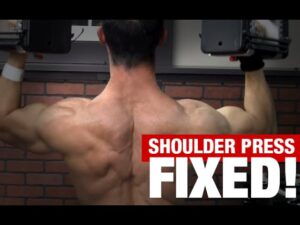
Overhead Shoulder Press (3 MISTAKES!)

Sprinter’s Step Up With Bar
Anabolic Androgenic Steroids

Orlistat: Dosis para comer grasas (sin engordar)
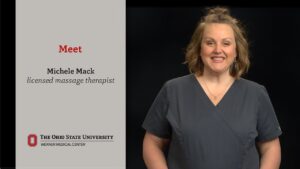
Massage Video – 1
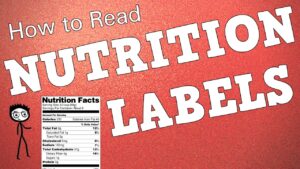
How to Read Nutrition Facts | Food Labels Made Easy

How to use Accu Chek Active Blood Glucose Monitoring system | Accu Chek Demonstration

Home Remedies To Cure ANEMIA Fast – Treat Iron Deficiency Anemia Naturally | Best Foods For Anemia
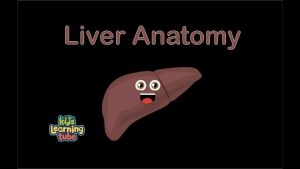
The Liver Anatomy Song for Kids

Six pack abs: Side plank with crossed legs

Fencing Video – 4
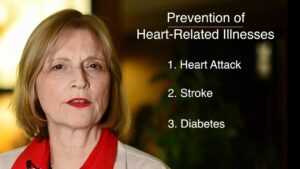
Chocolate Nutrition Video – 1
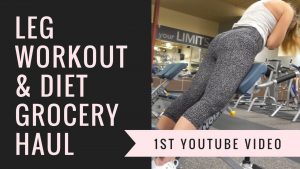
Summer Diet Vlog #1: Full Leg Workout & Diet Grocery Haul

Digestive System And Asnas Video – 4

Intermittent Fasting & Fasting Video – 26
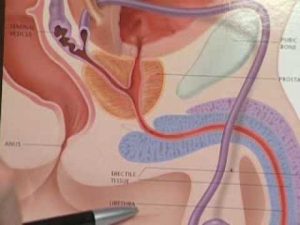
Finasteride for Prostate Cancer

Pre Squat Warm Up Routine (NO MORE STIFF SQUATS!)
![Read more about the article [Treatment] Treatment for Osteoarthritis of the Knee](https://videos.drmaheshkumar.com/wp-content/uploads/2021/05/Treatment-Treatment-for-Osteoarthritis-of-the-Knee-300x169.jpg)
[Treatment] Treatment for Osteoarthritis of the Knee

Foods to give when child has diarrhoea
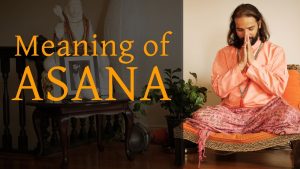
Asanas Meaning And More Asanas Video – 5
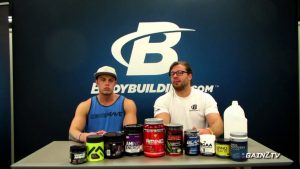
Branched Chain Amino Acid Supplements (BCAA’s)

Build Muscle and loose Fat fast with this Anabolic Steroid
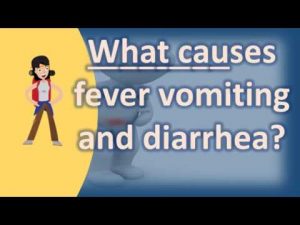
What causes fever vomiting and diarrhea ? | Health For All

Single Arm Lying Tricep Extension

Adductor Machine-7

Pediatric Physiotherapy Video – 1

Anatomical Terms: Directional Terms (Anatomy)
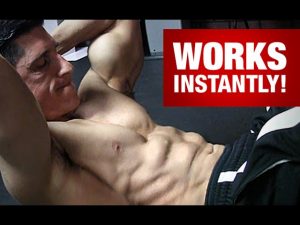
Best Ab Workout Tip Ever (WORKS INSTANTLY!)

alli in action – chapter 2 – your body at workalli in action
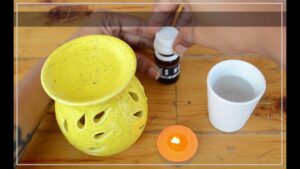
Aroma Oils Video – 1
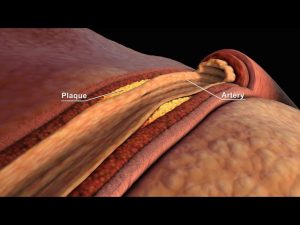
LDL and HDL Cholesterol | Good and Bad Cholesterol | Nucleus Health

Workout Stretching and Easy Warm Up Exercises – Static and Dynamic Stretching

Standing Calf Raise-3

Gonads – Control and Coordination (CBSE Grade :10 Biology)
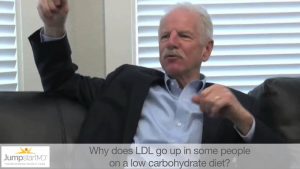
Reason for LDL Increase for Some on a Low Carb Diet
Anabolic Steroids – History, Definition, Use & Abuse

